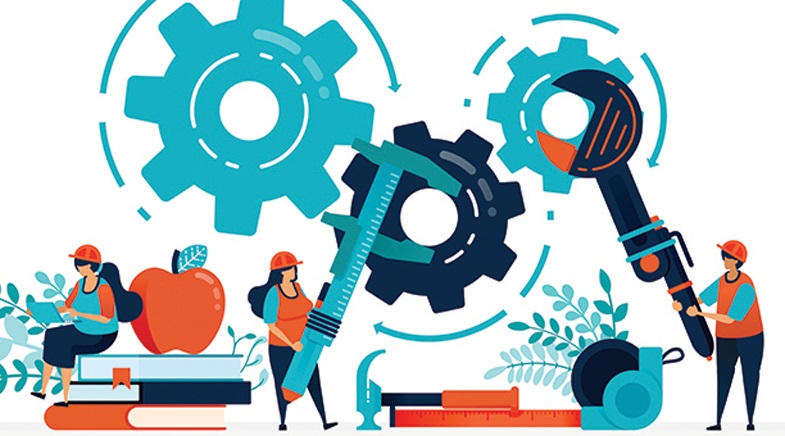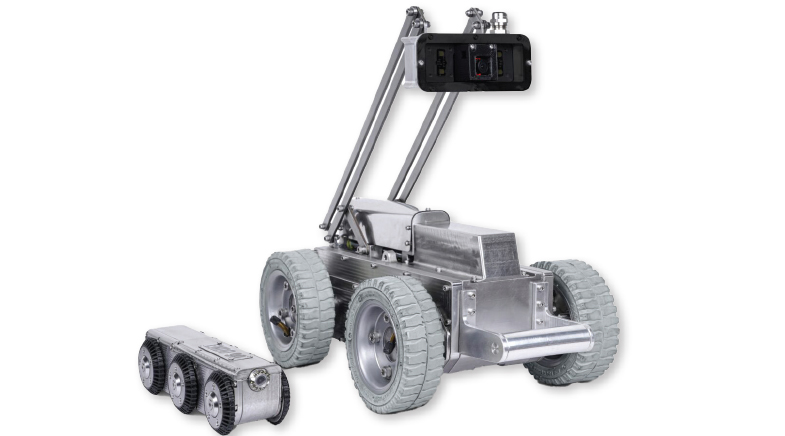Shaastra will be the tech voice of India
-
- from Shaastra :: vol 01 issue 01 :: Jan - Feb 2022

India is a country of many spoken languages, and the discourse among people is not always on the same wavelength. The metaphoric equivalent of this statement applies just as well to industry-academic collaboration. Academia talks semesters, while industry talks quarters, indicating a mismatch in timescale expectations. Industry talks patents, while academia talks peer-reviewed publications, indicating a disagreement in the nature of intellectual property that each finds valuable. Industry has problems in search of solutions; academia is rife with solutions in search of problems. Academia values sound science and seeks perfection in knowledge; industry seeks a balance between the perfect technology solution and being timely. In spite of this mismatch in expectations, a collaboration between these "unlike minds" is crucial to the success of India's tech story. Shaastra is an attempt to build a platform where India Inc. and India U. can meet, converse and collaborate.
India Inc. has been growing at double-digit rates for most of the past decade. Much of this growth has been driven by the infotech and auto sectors, both of which rely heavily on a deep understanding of technology. This growth has been fuelled by an infusion of well-trained talent as well as innovative ideas into India Inc., both of which are produced in abundance by India U. A robust two-way collaboration between them can advance India's aspiration to become atmanirbhar.
India Inc.'s path to self-reliance in technology will have to meander through the lush gardens of India U. India Inc. will need to trust the capabilities of India U. to co-develop technologies. Similarly, India U. needs to develop mechanisms to become agile in its response as well as to focus more of its resources to solve India-specific problems, an aspect that is not adequately rewarded in the current evaluation framework. We need to believe that India's problems are the world's problems, and that its solutions are the world's. Take electrification of India's transport sector, for instance. Any solution to this problem in India will hit all the high notes of a globally relevant solution. As India Inc. and India U. work to co-develop solutions and increasingly gain mutual trust, the world will also look to harness this ecosystem for its needs. Successful examples need to be showcased, even touted, in the interest of kickstarting a virtuous cycle of tech development. Shaastra will be that showcase platform.
Being the leader in industry-academia collaboration, IIT Madras is best positioned to create this conversation space. With over ₹250 crore of annual industry funding, the Institute has written the rules of engagement for successful industry-academia collaboration. In addition, being the top academic institution in the country in the government's NIRF ranking system - for six years in a row - is a significant achievement. Finally, the IIT Madras Research Park, the first of its kind in the country, is a great facility to catalyse collaborations. All of these factors make IIT Madras the perfect knowledge vehicle to bring out the best of Indian Science, Technology and Innovation to be featured for the world to read.
Shaastra will feature the best of global R&D for the Indian reader and the best of Indian R&D for the Indian as well as the global reader. This India-centric view of Science, Technology and Innovation will be its differentiator. The magazine is being produced by a group of professional journalists to the highest journalistic and objectivity standards, with no bias towards IIT Madras, the publisher. In that sense, Shaastra is being offered as a service to the nation to fill a long-felt void; all institutions will have an equal opportunity to be featured in it.
Shaastra is an attempt to build a platform where Indian industry and academia can meet, converse and collaborate - and together take Indian innovation to new heights.
Rudyard Kipling wrote in The Ballad of East and West, "Oh, East is East, and West is West, and never the twain shall meet." While he was discussing geographic direction points on a compass that have no chance of meeting, one could read this as a metaphor for segments of society that choose not to converse. Shaastra provides a space for these conversations to happen between various stakeholders of Tech India - Industry, Academia and Government - without relying on serendipity. Closing that verse, Kipling wrote: "But there is neither East nor West, Border, nor Breed, nor Birth/When two strong men stand face to face, though they come from the ends of the earth!"
That is what Shaastra stands for: India U. and India Inc. in the metaphor of two strong men standing face to face, actively collaborating and growing India to new heights, driven by the engine of homegrown science and technology.
Have a
story idea?
Tell us.
Do you have a recent research paper or an idea for a science/technology-themed article that you'd like to tell us about?
GET IN TOUCH














